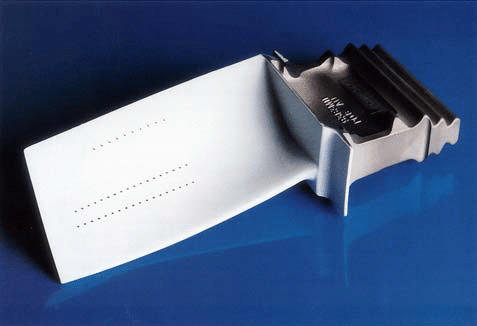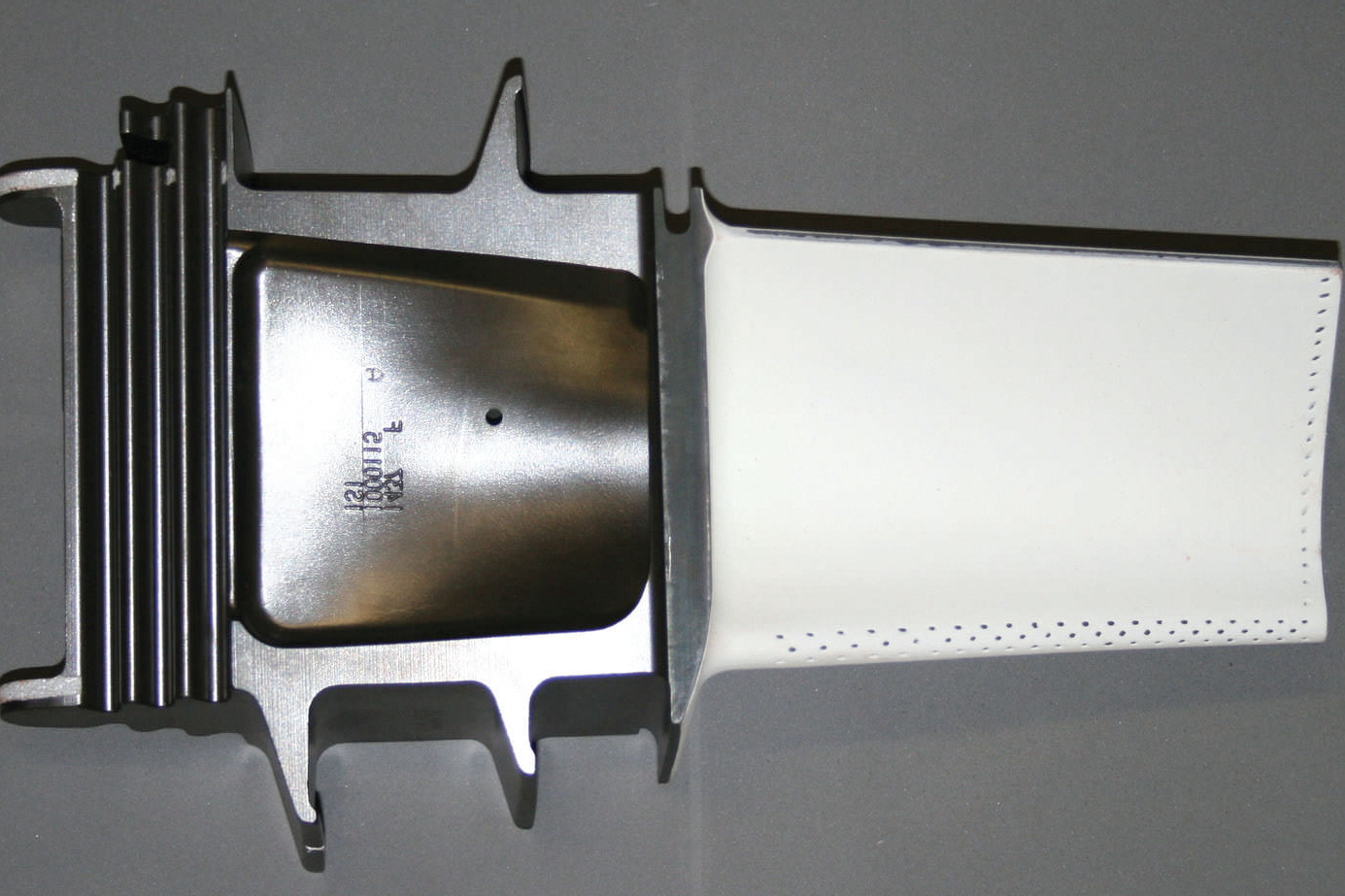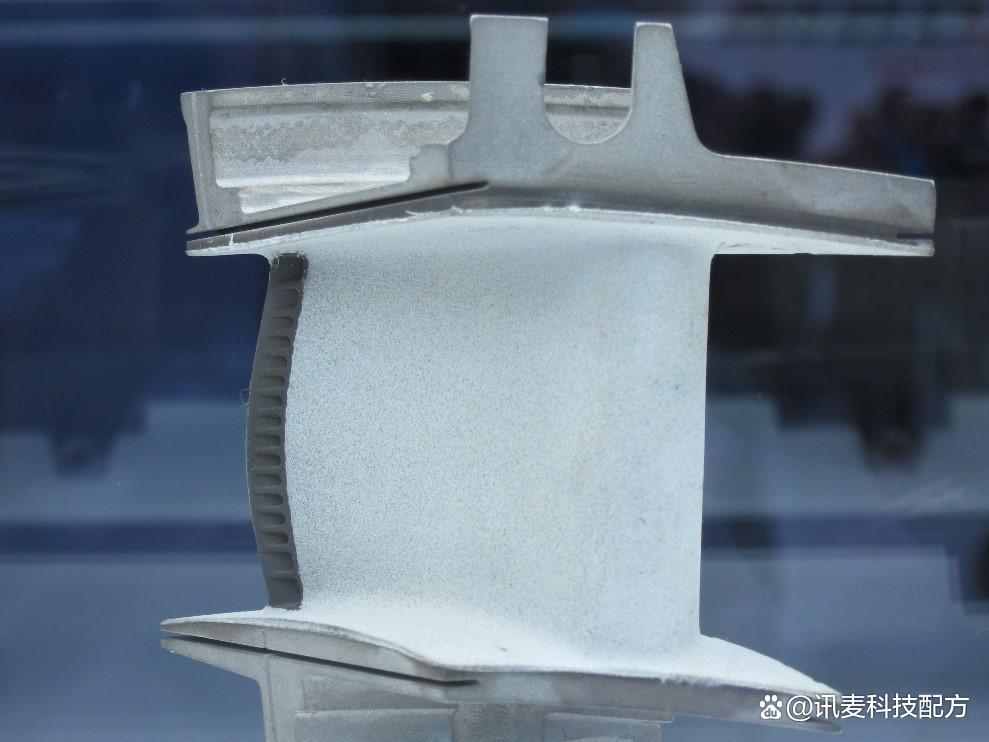How does TBC coating reduce thermal stress in high-temperature applications?
How Does TBC Coating Reduce Thermal Stress in High-Temperature Applications?
Thermal Gradient Control Across the Substrate
Thermal Barrier Coatings (TBCs) reduce thermal stress by creating a strong temperature gradient between the hot surface and the cooler internal substrate. Typically composed of low thermal conductivity ceramics like yttria-stabilized zirconia (YSZ), TBCs can lower surface temperatures by up to 300°C. This insulating layer delays heat penetration into the component body, particularly beneficial for parts produced via Superalloy 3D Printing, Titanium 3D Printing, and Ceramic 3D Printing.
Reducing thermal gradients helps minimize the expansion mismatch between different regions of the part, lowering the generation of thermally induced tensile and compressive stress cycles.
Prevention of Microcrack Formation and Fatigue Failure
TBCs shield the substrate from abrupt temperature changes and rapid heating/cooling cycles common in aerospace turbines, automotive engines, and energy systems. This protection mitigates thermal fatigue—the initiation and growth of microcracks due to repeated thermal cycling—and preserves surface stability under fluctuating operating conditions.
By maintaining more uniform temperatures across the part, TBCs significantly extend fatigue life, reduce deformation risk, and prevent material delamination, especially in parts made from Inconel 625 or Ti-6Al-4V.
Enhanced Reliability in High-Cycle Environments
In combustion chambers, turbine blades, and exhaust nozzles, repeated exposure to 800–1100°C without TBC protection leads to rapid thermal degradation. TBCs serve as a stable buffer, allowing components to operate under severe thermal and mechanical loads without cracking, warping, or failing. This is especially effective when paired with structural consolidation methods such as Hot Isostatic Pressing (HIP), which eliminates internal porosity that could amplify stress concentrations.
Recommended Services to Minimize Thermal Stress
Neway provides full-stack solutions for protecting 3D printed components from thermal stress:
High-Temperature 3D Printing Capabilities:
Superalloy 3D Printing: Ideal for high-load combustion and turbine components.
Titanium 3D Printing: For lightweight, thermally stable structures.
Ceramic 3D Printing: For parts requiring extreme heat insulation.
Thermal Stress Mitigation Processes:
Thermal Barrier Coatings (TBC): Reduces surface temperature and prevents fatigue damage.
Heat Treatment: Refines microstructure for stress stability.
HIP: Increases structural integrity before surface coating.



